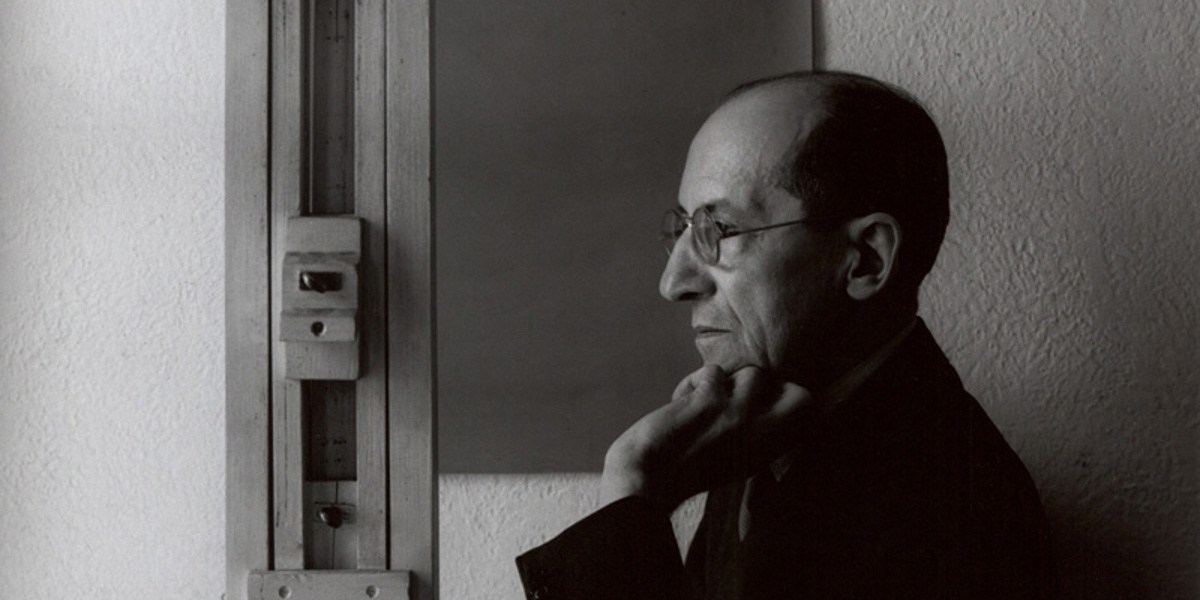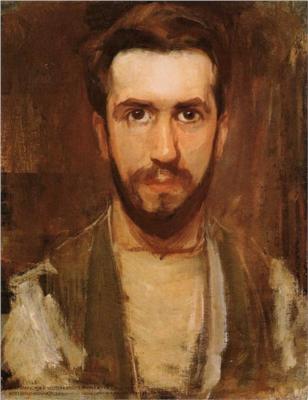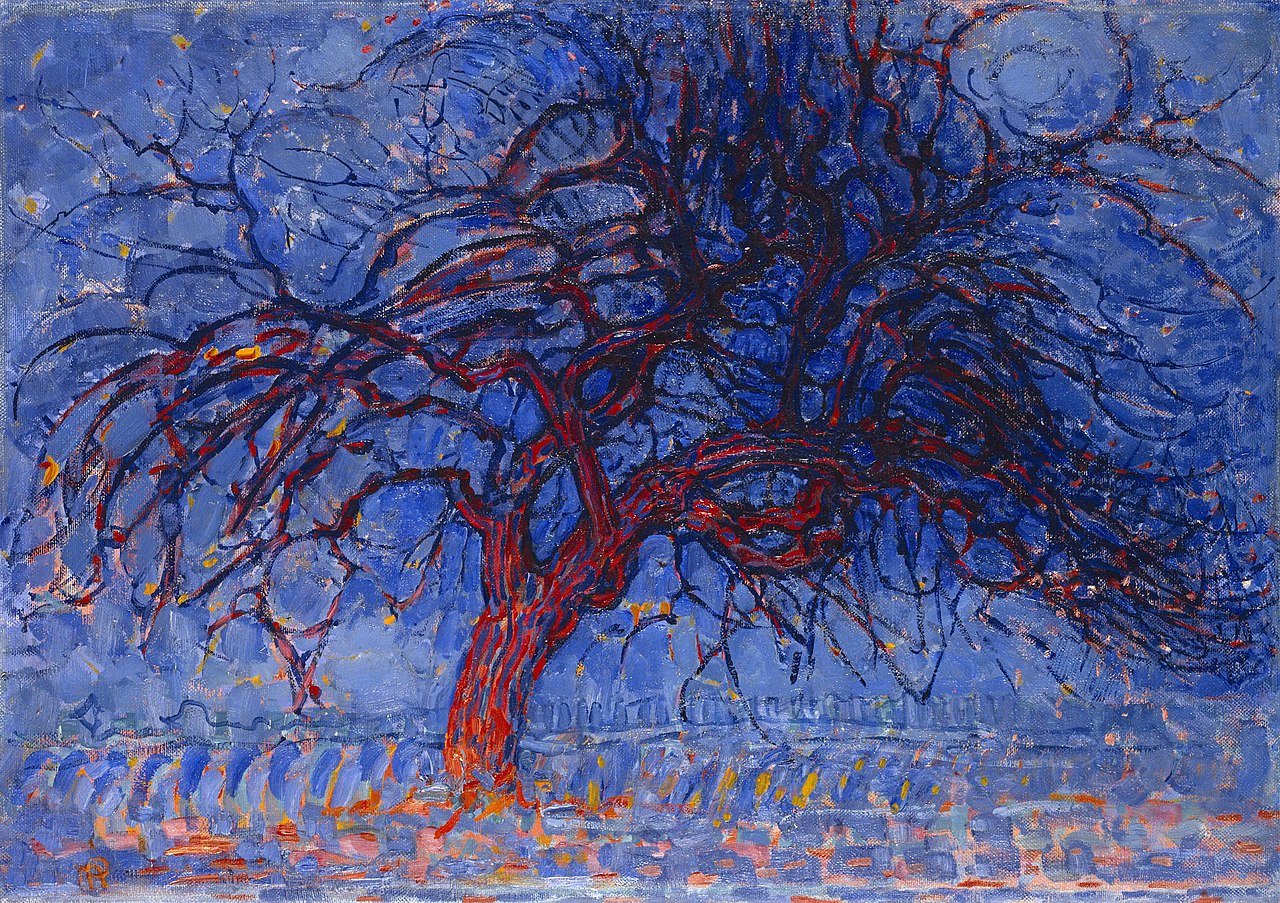
Piet Mondrian
- BY KARAN BISHT

- BY KARAN BISHT
EARLY LIFE Mondrian was born in Amersfoort, province of Utrecht in the Netherlands, the second of his parents' children. He was descended from Christian Dirkzoon Monderyan who lived in The Hague as early as 1670. The family moved to Winterswijk when his father, Pieter Cornelius Mondriaan, was appointed head teacher at a local primary school. Mondrian was introduced to art from an early age. His father was a qualified drawing teacher, and, with his uncle, Frits Mondriaan (a pupil of Willem Maris of the Hague School of artists), the younger Piet often painted and drew along the river Gein.


MATURITY
Mondrian began his artistic journey as a landscape painter in the Netherlands and later moved to Paris
in 1911, where he was exposed to avant-garde movements like Cubism. These encounters profoundly
influenced his artistic style.
Mondrian's early works were characterized by naturalistic landscapes and traditional art techniques.
However, after his exposure to Cubism and other modern art forms, he transitioned to a more abstract
style. He became a prominent member of the De Stijl movement, which aimed to simplify art to its
fundamental elements of line and color.
During the 1920s and 1930s, Mondrian's art underwent significant evolution. He adopted a style known as
Neoplasticism, which employed geometric shapes, straight lines, and primary colors. This artistic
approach aimed to achieve a harmonious balance between form and color, reflecting a utopian vision of a
balanced society.
As the political situation in Europe worsened in the 1930s, Mondrian moved from Paris to London to
escape the threat of war. In 1940, with the outbreak of World War II, he relocated to New York City,
where he continued to develop his iconic abstract style.
Throughout his life, Mondrian remained committed to his artistic principles, continuously refining his
visual language. His artworks, such as "Composition with Red, Blue, and Yellow," have become iconic
representations of abstract art.
LATER YEARS
Piet Mondrian died of pneumonia on 1 February 1944 and was interred at the Cypress Hills Cemetery in
Brooklyn, New York.
On 3 February 1944 a memorial was held for Mondrian at the Universal Chapel on Lexington Avenue and 52nd
Street in Manhattan. The service was attended by nearly 200 people including Alexander Archipenko, Marc
Chagall, Marcel Duchamp, Fernand Léger, Alexander Calder and Robert Motherwell.


LEGACY
Mondrian was described by critic Robert Hughes, in his 1980 book The Shock of the New, as "one of the
supreme artists of the 20th century." Likewise in his television documentaries of The Shock of the New,
Hughes referred to Mondrian considered again as "one of the greatest artists of the 20th century (...)
who was one of the last painters who believed that the conditions of human life could be changed by
making pictures". Dutch art historian Carel Blotkamp, an authority on De Stijl, reaffirmed the same
belief that he was "one of the great artists of the twentieth century".
After his death, his friend Harry Holtzman carefully measured each of the panels on Mondrian’s walls and
turned them into a traveling exhibition called Wall Works.
Today, Piet Mondrian’s legacy lives on in the fashions of Yves Saint Laurent, and the L’Oreal make-up
line.